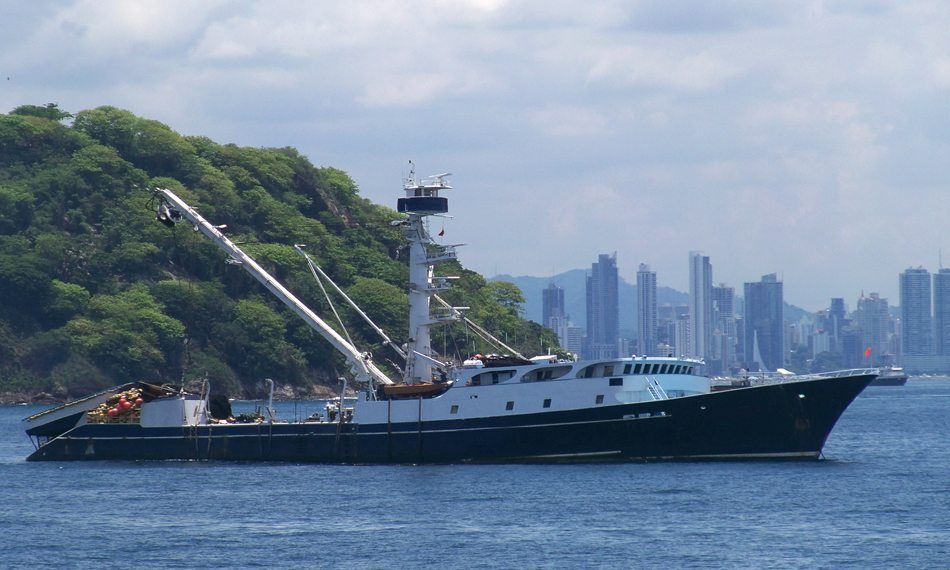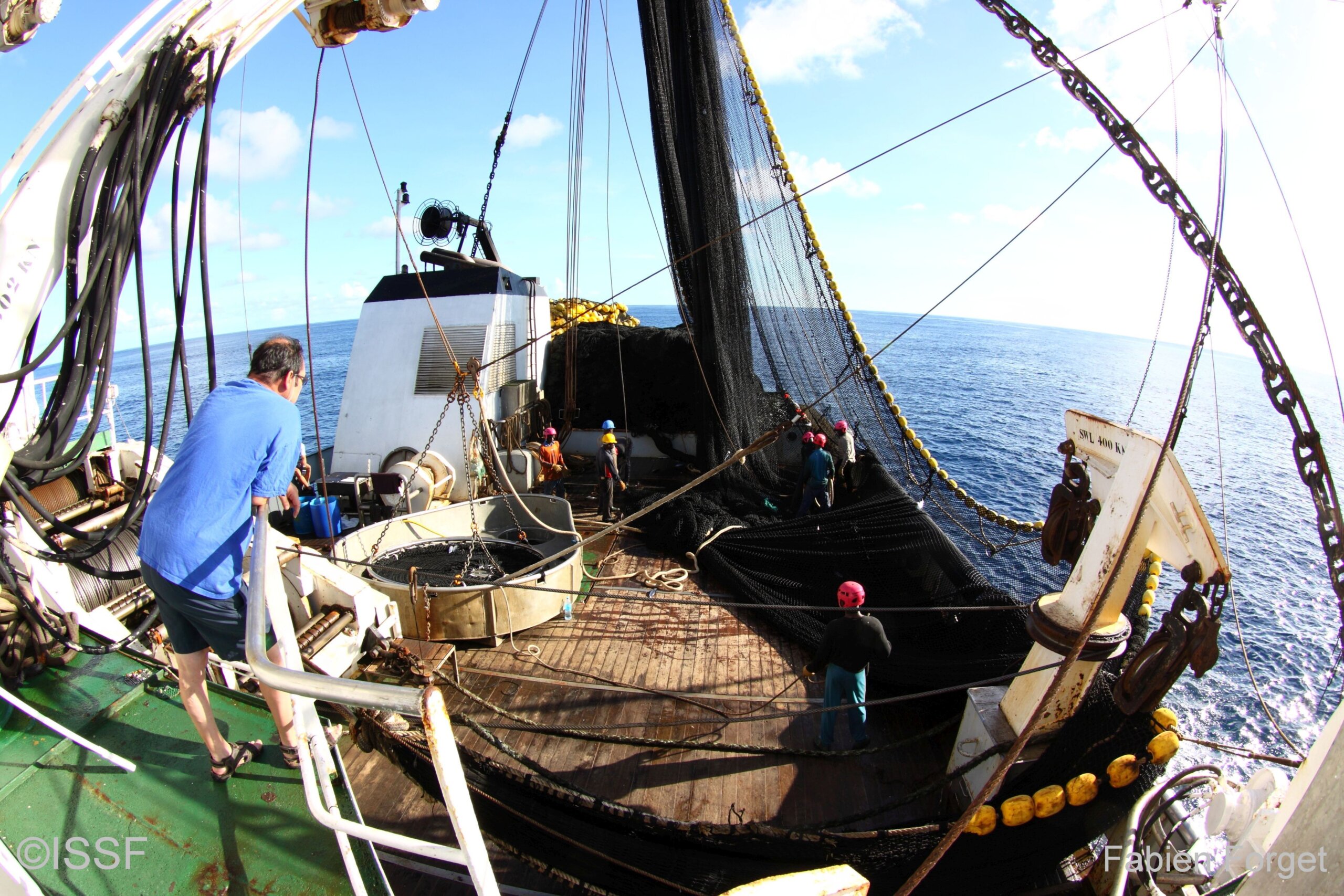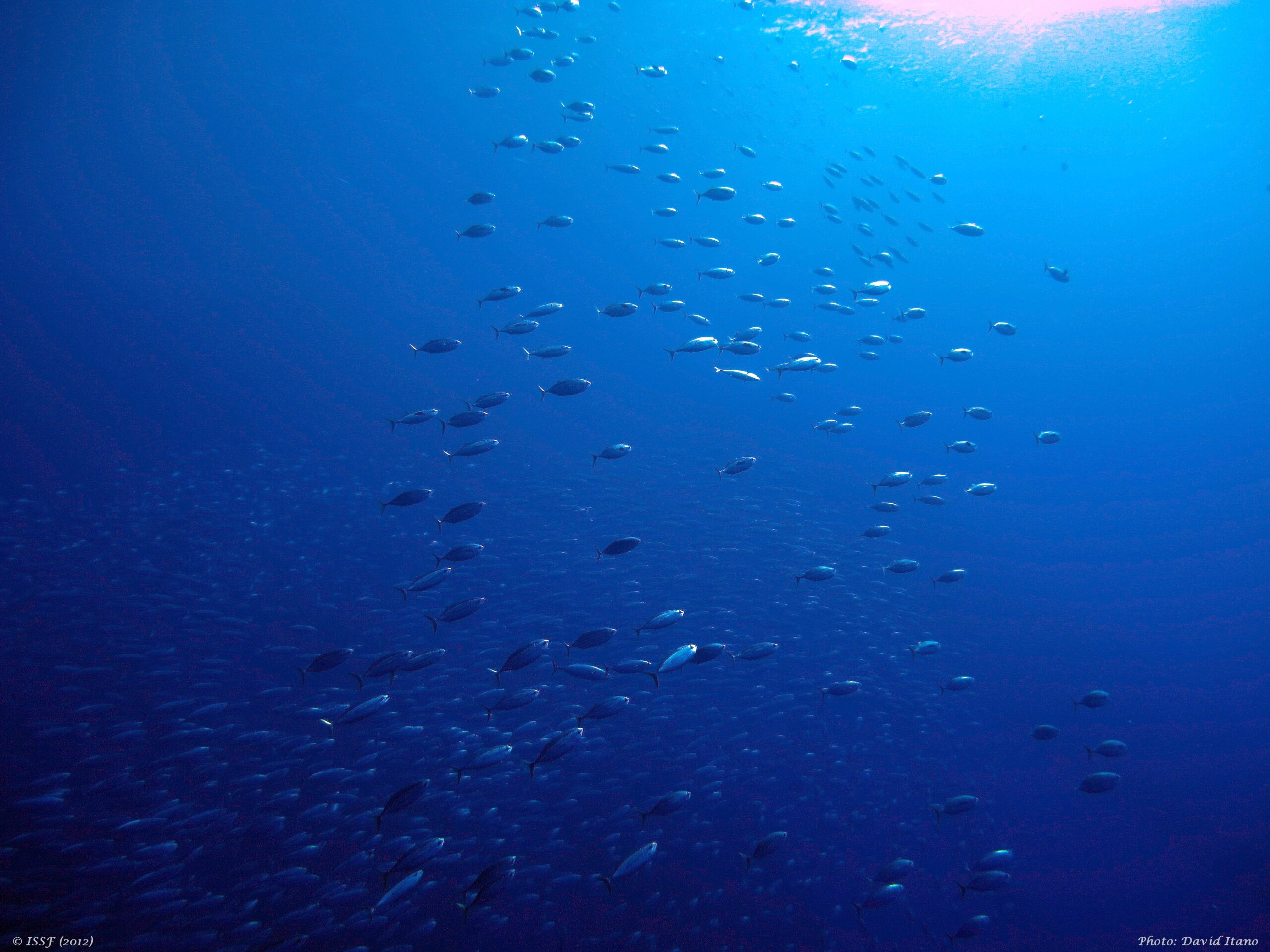
ISSF Updates “Snapshot of the Large-Scale Tropical Tuna Purse Seine Fishing Fleets”
The International Seafood Sustainability Foundation (ISSF) has updated its Snapshot of Large-Scale Tuna Purse Seine Fishing Fleets report for June 2023. The report shows that approximately 652 vessels defined as large-scale purse-seine (LSPS) vessels are fishing for tropical tuna species, up 2% from last year, with a combined fishing capacity of over 841,000 m3 (cubic meters), a 1% increase from last year.
Purse seine fishing vessels catch about 66% of the 5.1 million tonnes of tunas caught annually worldwide. ISSF analyzes and aggregates information from the five tuna regional fisheries management organizations (RFMOs) and other sources to create this annual report, which focuses on large-scale purse seiners (LSPS) that target tropical tuna species: skipjack, yellowfin, and bigeye.
Report Key Findings
The number of LSPS vessels — defined as having 335 m3 fish hold volume or greater — targeting tropical tuna fluctuates from year to year due to several factors, such as some vessels that are no longer active due to being sunk or scrapped or new vessels being constructed. In addition, the report aims to estimate active capacity, omitting vessels that were not listed on the RFMO Vessel Records when the “snapshot” was taken.
This year’s report shows that 10 LSPS vessels built after 2012, five of which were built in 2022, were added to the tropical tuna RFMO authorized vessel lists since July 2022. Ten other large-scale purse seiners were constructed prior to 2012 and not listed in the RFMO records in 2022. These changes are likely attributed to the vessels being inactive for some time while ownership changed, RFMO authorization was renewed, or repairs were made. Other changes, like vessel flag changes, can have an impact on whether the vessels continue to meet the “targeting topical tuna” (rather than other species like bluefin) criteria followed by the ISSF report authors, Ana Justel and Dr. Lorena Recio.
These additional vessels did not significantly increase LSPS capacity, however, which grew from 834,000 m3 in 2022 to 841,000 m3 in 2023. Importantly, the majority of LSPS vessels (492) are registered on the ISSF ProActive Vessel Register (PVR), and PVR-registered LSPS vessels represent 75% in number and 82% in fish hold volume (FHV), a measure of vessel capacity, of the global LSPS fleet. The PVR, which is independently audited, is one of four ISSF public vessel lists that foster transparency in tuna fisheries. Fishing vessels can be registered on the PVR to show how they are following best practices that support sustainable tuna fisheries.
The “snapshot” report summarizes all changes that have taken place annually since 2014 and shares additional findings and observations, including:
- The total number of all purse-seine vessels worldwide increased from 1,808 in 2022’s report to 1,837 today.
- About 14% of large-scale vessels are authorized to fish in more than one tuna RFMO, which should be considered in efforts to manage fishing capacity at a global level.
- Among the tuna RFMOs, the Western and Central Pacific Fisheries Commission (WCPFC) still has the highest number of LSPS registrations (326).
Report Recommendations
Having an accurate estimate of active vessels is critical for managing tuna fishing capacity regionally as well as globally. The figures shared in the ISSF report may underestimate the total fleet, because many small-scale purse seiners or purse seiners operating in only one exclusive economic zone (EEZ) are not required to be listed on RFMOs’ records of authorized fishing vessels. The report recommends that RFMOs consider extending their authorized vessel records to include information about the RFMO area in which each individual vessel is active each year — a best practice that better facilitates the monitoring of active fishing capacity by region.
A comparison with last year’s LSPS fleet estimates shows that there were again numerous changes in RFMO authorized vessel records. Several vessels that appeared on the records in 2022 can no longer be found. Other vessels that were not on the records are now listed, and some vessels are now considered to target tropical tuna.
The quality of data in RFMO records has improved in recent years, but substantial gaps remain. “We recommend that RFMO members exercise greater quality control of the data they submit to the [tuna] RFMOs for the vessel records and that [tuna} RFMOs adopt vessel registry requirements that include quality control mechanisms,” states the report.
View the updated report here. View a related infographic here.


